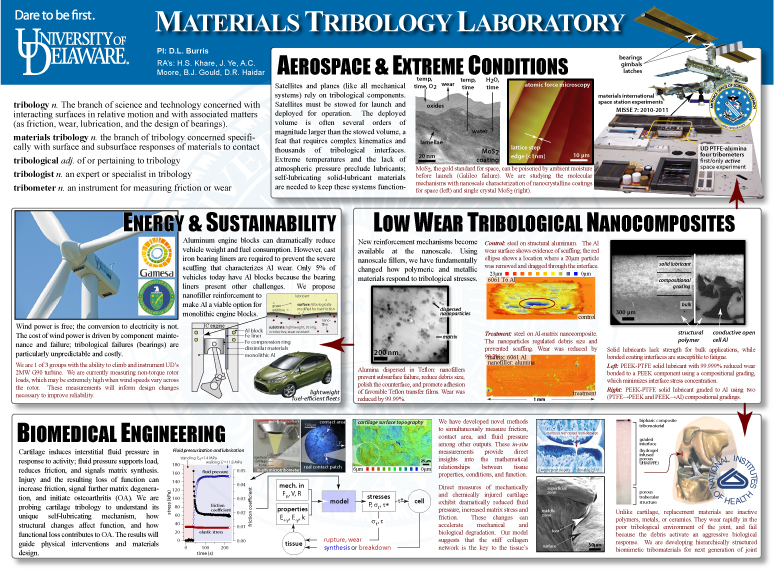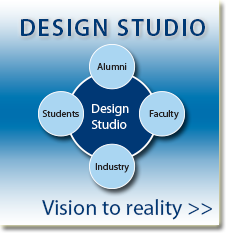Healthcare Research
Many healthcare issues involve tribology. These include chronic dry eye or inflammation due to friction between contact lenses and epithelial cells on the eyelid, temporal mandibular joint (TMJ) disorders which impede chewing and talking, tooth wear from brushing and chewing, impact injuries of the knee and hip which lead to cartilage degeneration and osteoarthritis, frictional burns and blisters on the skin, and frictional interactions between stents or catheters and tissues.



